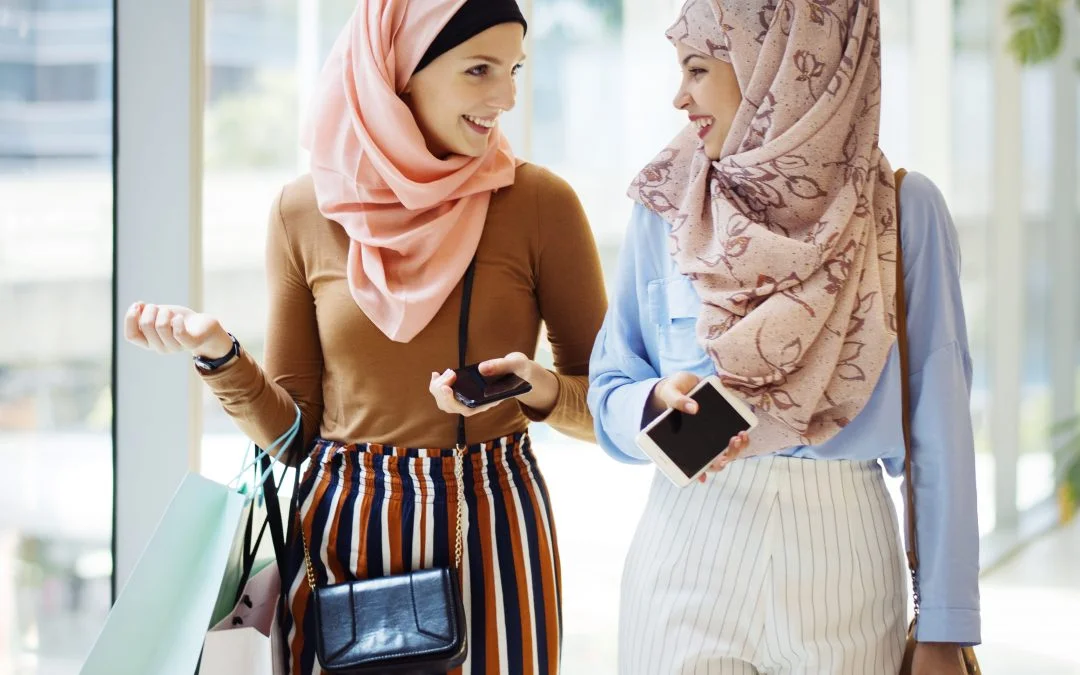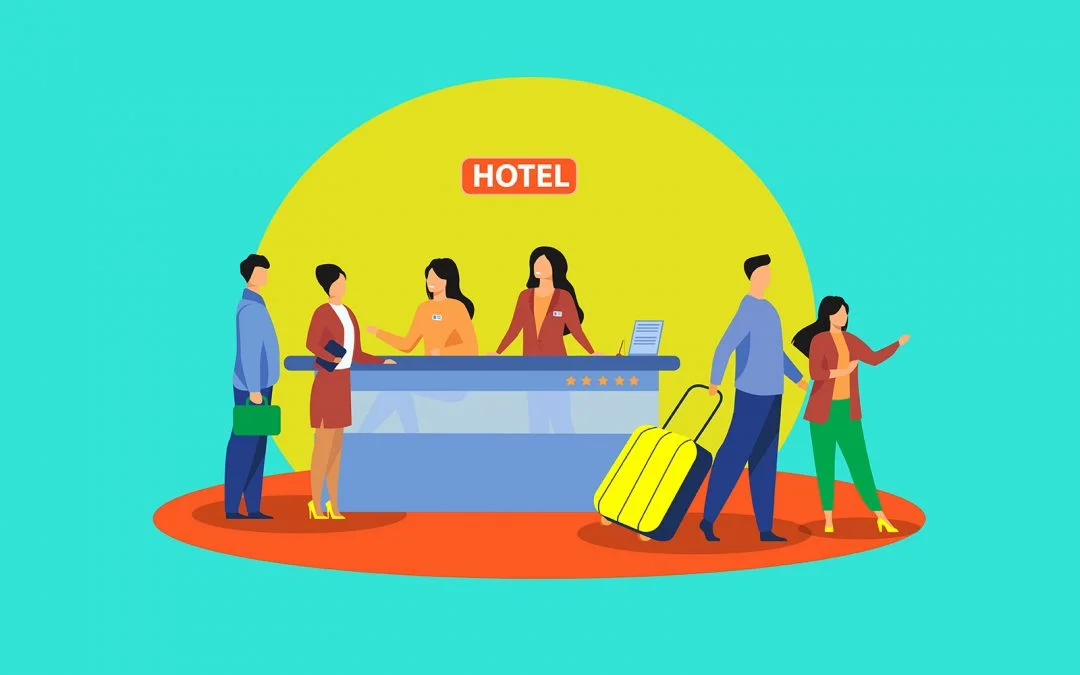- Design industry shaping loyalty programs
- Integrate easily and go live quicker
- Deliver hyper-personalized consumer experiences
Capillary acquires US-based Brierley+Partners Read more >
Capillary named a Leader in The Forrester Wave™: Loyalty Technology Solutions, Q1 2023 Report Read more >

It is shrinking. And shifting.
According to the 2019 survey by McKinsey, brand loyalty among the Middle Eastern consumers has eroded. 18% of the Middle East consumers confessed trading down (purchasing lower-priced consumer goods) in 2019 as compared to only 8% in 2015. Not surprisingly, the trend has only grown stronger with the 2020 pandemic.
These consistent and visible changes in consumer behaviour are a result of various concurrent factors – economic slowdown, the volatility of oil prices, government reforms, tax policies, and, more recently, COVID-19.
Overall, the Middle East consumers are less optimistic about their financial prospects and prefer to save more. Interestingly, retail analysts have observed that shoppers are shifting to lower-priced brands and intend to ‘stick’ with their new choices, even if their financial prospects improve. It indicates that the perceived (and real) quality of lower-priced brands has increased, with more consumers trying them.
Apart from price-sensitivity, we also see a shift towards more ‘conscious shopping.’ Preference has increased across all age groups, including the younger generation, for environmentally sustainable goods, all-natural ingredients in food and beverages, and locally sourced products.
Distrust for the conglomerates and larger brands, tripled with a sense of belonging towards the nation and a responsibility to revive the economy, is also visible in the purchase behaviour of millennials. They are ditching years of brand loyalty in favour of lesser-known local brands.
COVID has also accelerated the shift towards online shopping by leaps and bounds. So much so, that over 90 percent of consumers in the UAE and Saudi Arabia have shifted their purchases online. For example, Carrefour has experienced an 800 percent spike in online grocery orders in Saudi Arabia. Similarly, Majid Al-Futtaim Retail has welcomed a 300 percent growth in online sales from March to May 2020 as against the same period in 2019.
With such drastic changes in shopping behaviour, retailers need to adapt and change the way they engage the Middle East consumers with their brand, ethos, and products. Quick fixes like deep discounts and price cuts would not be a sustainable approach and might lead to long term damage to the brand’s bottom line. Hence, engagement through emotional loyalty aligned with the evolved needs of the millennials becomes extremely important for the Middle East retailers to adopt.
On that note, here are our top loyalty trends that are likely to prevail in the Middle East.
Smartphones have eroded the differences between online and offline shopping experiences.
70% of loyalty program members currently access their rewards using an app. Like for everything else, consumers want to be in greater control of things. And loyalty is no exception. Businesses adopting omnichannel strategies using the latest loyalty software are seeing 91% higher customer retention rates than those that fail to adopt these techniques.
Retailers should thus focus on investing in channel-agnostic loyalty marketing technologies that provide a convenient, win-win platform for brands and consumers to interact and engage as well as exchange and track value across channels in a highly transparent manner.
As the younger generation becomes a truly glocal one, ‘responsible consumerism’ is fast catching up.
48% of MENA’s millennials only buy from socially responsible brands. And 45% prefer buying from local brands as an expression of solidarity with the local economy.
For brands that want to retain their customers in this heat of economic upheaval and rising competition, it becomes essential to offer a reason more substantial than a “points-based loyalty system.” Retailers should thus look at helping their consumers support a cause they care about when shopping for the category (say environmentally safe packaging in food or indigenous community-led fashion production).
According to research by Forrester, emotion is the #1 driver of loyalty.
A study by Capgemini further reveals that ‘Consumers with high emotional engagement’ buy the brand 82% of the time whereas ‘Consumers with low emotional engagement’ buy it only 38% of the time.
The emotional engagement of consumers has today become extremely easy to notice, measure, and reciprocate. Positive interactions on brand’s owned channels (Instagram, Facebook Live), reviews and references, and participation in online activations (contests, etc.) – are all signs of emotional bonding. As price sensitivity increases in the Middle East, brands should appreciate and reward such non-spending but emotion-driven behaviour.
A consumer’s shopping list is a long one.
And your brand is just one of the line items. Thus, when formulating loyalty programs, it is vital to consider the consumer’s entire lifestyle and allow scope for deriving loyalty benefits across the board.
Shared loyalty programs do just that. They allow redemption of loyalty rewards in multiple ways, at various places, and in numerous categories. Led by the participating brands themselves or independently branded by loyalty rewards program providers (such as Plenti in the US and Nectar in the UK), these offer freedom and flexibility to consumers. They also attract new customers from related categories if you strategically choose a partner with a shared demographic of customers.
The person before purchases.
What millennials expect from brands is to be understood, followed, and remembered as human beings. It is all about making them feel special. According to statistics, 91% of consumers are more likely to shop with brands that provide offers specific and relevant to them, and 31% of shoppers wish their shopping experiences were more personalized than they currently are.
It means something like offering a complimentary fashionable face mask to a consumer who may have ‘liked’ and ‘shared’ it from your Facebook page but didn’t end up buying. Today, there’s technology like Capillary’s engagement-based loyalty program to make it happen at scale!
A good loyalty program has neuroscience behind it and is experiential in nature.
Brands that incorporate gamification into their customer engagement strategies see a 47% rise in engagement and a 22% rise in brand loyalty.
Loyalty gamification starts with a clear idea of what consumer behaviour to inspire, a simple-to-follow set of rules, and an easy way to know where the participant stands in the process. Starbucks, for example, uses push notifications to alert customers of their rewards status. And Florida’s Good Vibes Juice Bar makes loyalty shareable by inviting customers to post pictures of their glass bottles online.
The 2020 COVID pandemic has made it very clear to retailers that shopping behaviour can change overnight. Consumers who had never shopped online before or never cared to try little-known local brands are doing so out of financial uncertainty and a sense of responsibility towards their country. Softer aspects of personalization and corporate social responsibility (CSR) are adding their weight alongside technology and gamification. Embracing these shifts will require a considerable realignment in the way retailers engage with new-age shoppers and earn their loyalty.
It is the dawn of a new age of consumerism – one where consumption is a way of self-expression.

January 6, 2021 | 4 Min Read
The White Elephant We are referring to the (erstwhile) freq

September 28, 2016 | 4 Min Read
Does your loyalty program and customer engagement programs a

May 11, 2022 | 4 Min Read
As the world’s center of retail growth and innovation, Dub